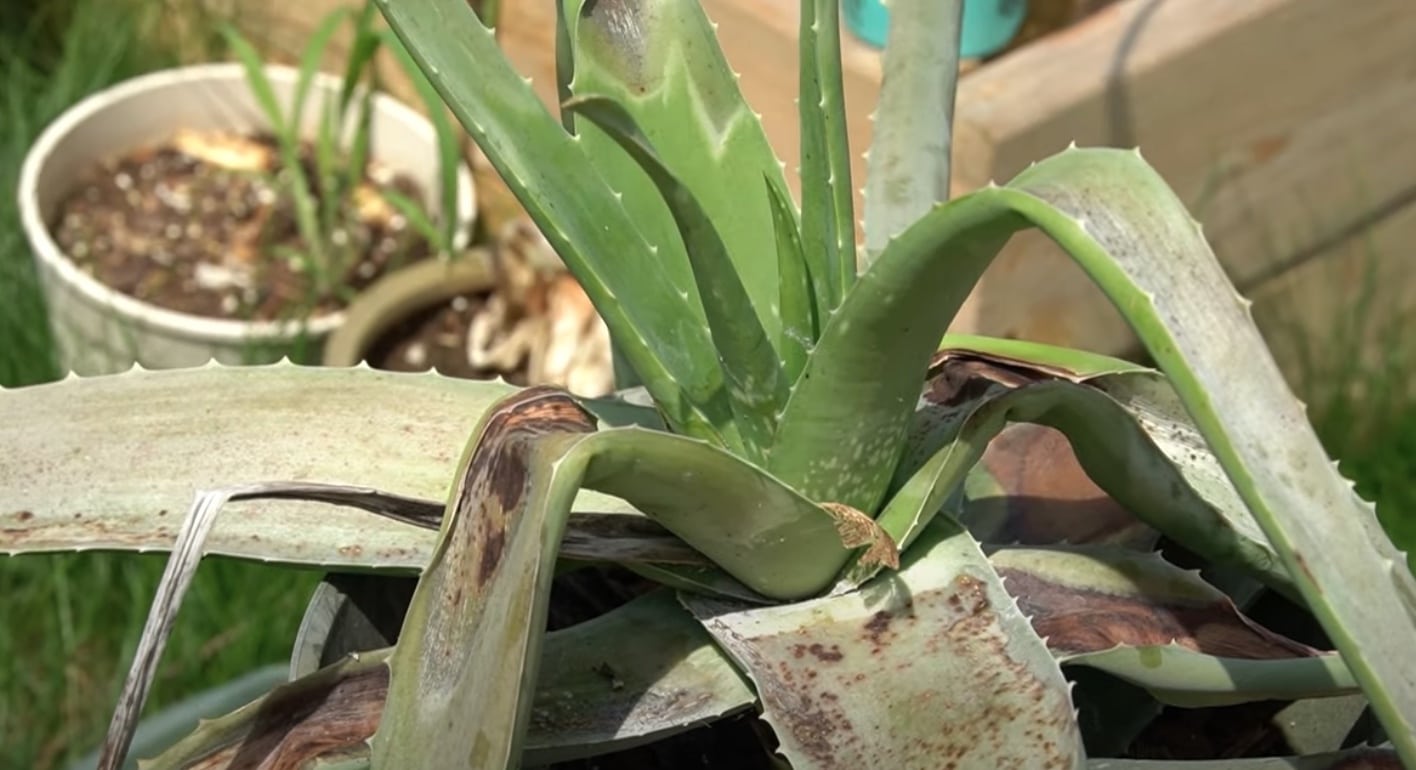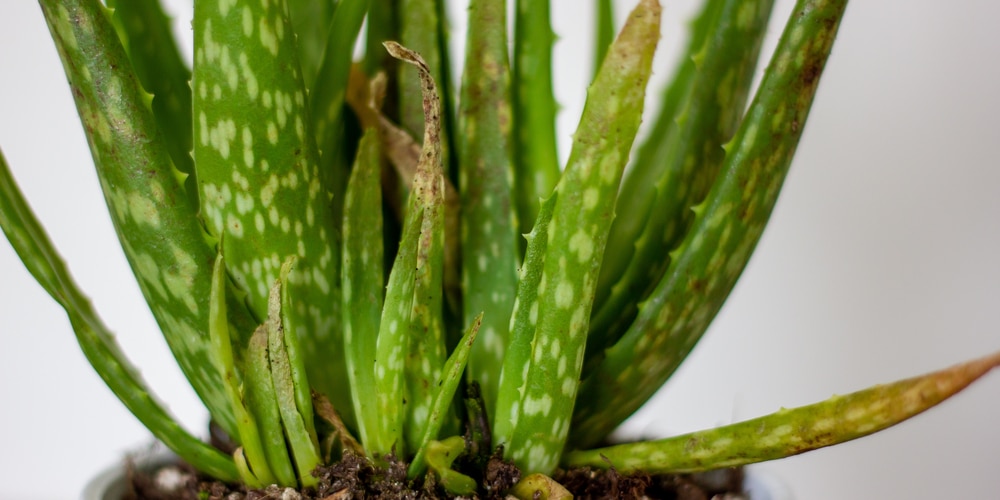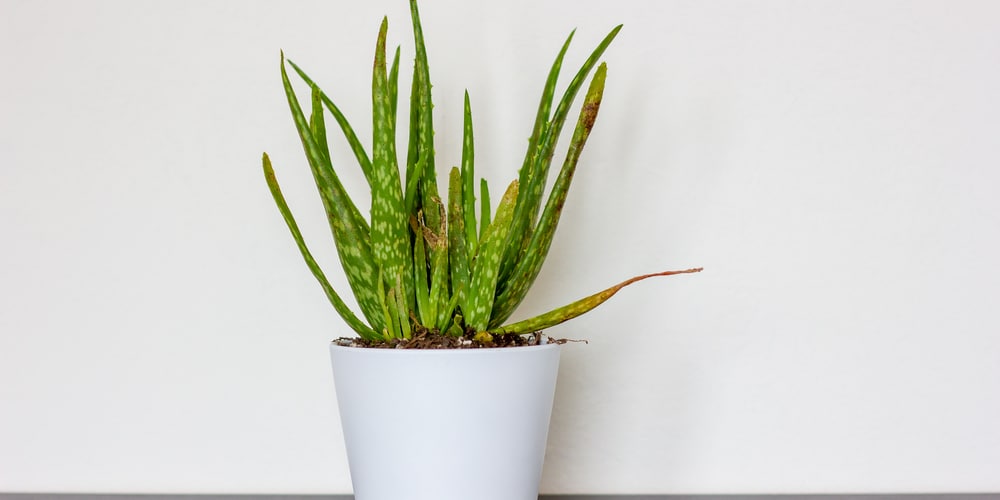Aloe plants are incredibly popular thanks to their unique natural looks and composition. Some of them are even useful for granting many benefits to the pharmaceutical industry (like the Aloe Vera).
They can be found in millions of homes and properties around the world as they are easy to grow and maintain if the proper measures and protocols are followed.
However, it is possible that even when you do your best the plant suffers some kind of disease or develops signs like Yellow Leaves. The next article will discuss everything that involves the development of yellow leaves or tone in aloe plants.
Why is my Aloe Plant Turning Yellow?
In simple words, Aloe plants can start to turn yellow if they are victims of overwatering, exposure to full sunlight during long periods, and deficiency of nutrients.
It is important to determine what is causing the Aloe plants to turn yellow and most importantly, how to deal efficiently with the situation to arrive at a happy ending where the plant survives and manages to keep its natural composition and looks.
1. Turning Yellow due to Overwatering:

It is extremely important that you never water aloe plants too frequently like other plants as this will not make this kind of plant grow faster and bigger.
In fact, thanks to belonging to the Succulents group, Aloe plants do not like overwatering at all, and this can be seen due to the development of signs like yellow tones and colors on the plant’s composition.
Try to never water the plant daily and for all that matters, never overwater a plant in a go due to forgetting to water it for so many days, this could only cause more problems on the run.
If the soil feels sticky, maybe you should consider skipping watering for that day and check again tomorrow.
To avoid Aloe plants from turning yellow due to overwatering, give some time until the water dries to natural factors, but never put it under direct sunlight as this could cause even more problems.
Also, consider giving the pot proper drainage holes and the recommended soil to boost the water draining efficiency and keep everything as natural as possible.
2. Turning Yellow due to Sunburning:
Over-exposing your plant to direct is never a good thing to do (at least in the case of Aloe plants). This can only develop sunburns that will start creating pale yellow patches on the plant’s leaves. It can even turn an aloe plant red.
Do not cut sunlight directly as the plant stills requires a little bit of sunlight, so try to limit the sun exposure.
Before sunburns develop, it would be wise to limit the sun exposure tie for the plant by moving it to partial shade to help the plant adapt to temperature changes. Getting the spot where indirect sunlight reaches the plant will be your main objective, once you find the perfect area, what comes next is extremely simple.
Once you have found the perfect spots for the plant, it is time to create a transition period where you will transfer the plant from a cooler place to a hotter place, or maybe the opposite.
3. Turning Yellow due to Nutrients Deficiency/Excess:
While Aloe plants are recognized for being low-maintenance plants that can pretty much grow in the great majority of soils, this does not mean that they can not suffer from a lack/excess of nutrients.
It is important to find the perfect balance between nutrients to make sure that everything is kept at peace and no bad signs (such as yellow leaves) are developed.
In the case of nutrient deficiency, everything will be caused as the plant will not manage to produce chlorophyll which requires both nitrogen and magnesium to process. The best way to deal with this is by using the proper fertilizer and soil made for succulents.
Why is my Aloe Plant Turning Yellow: Final thoughts
On the other hand, if you are dealing with an excess of nutrients, then the plant could start acting stranger as its composition and natural behavior will forcibly change due to overuse of fertilizers.
To deal with this situation, reduce the usage of fertilizers by only using them in spring and once a year. Also, scrape the yellow layer or leaves and water the pot to remove any fertilizer that might be on the pot.
Related Article: Why is My Aloe Plant Flowering?

